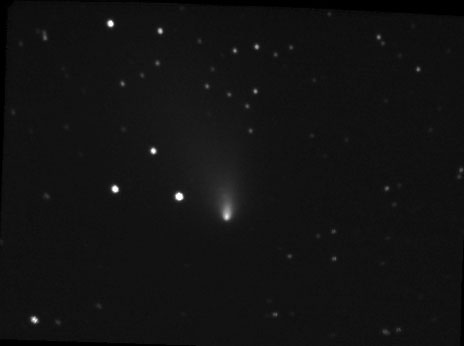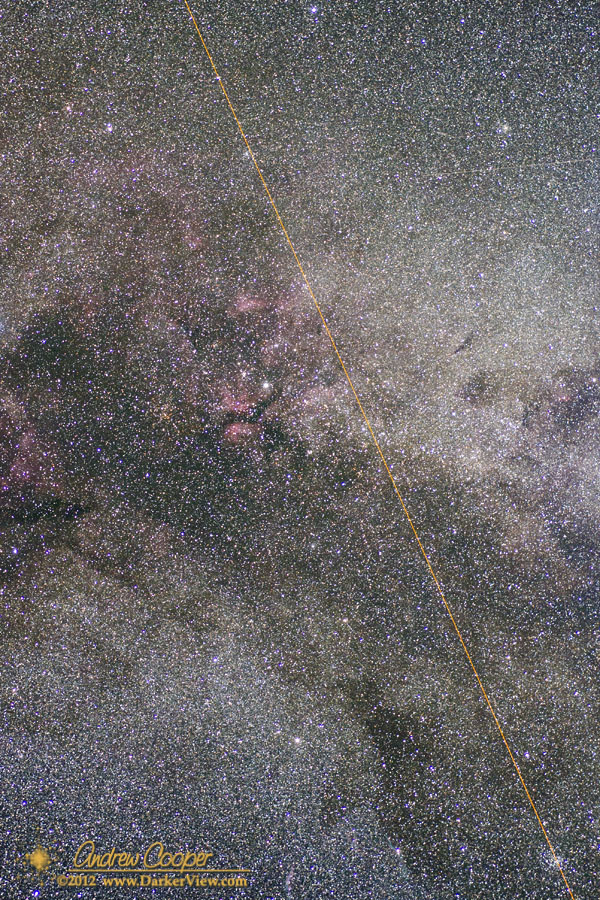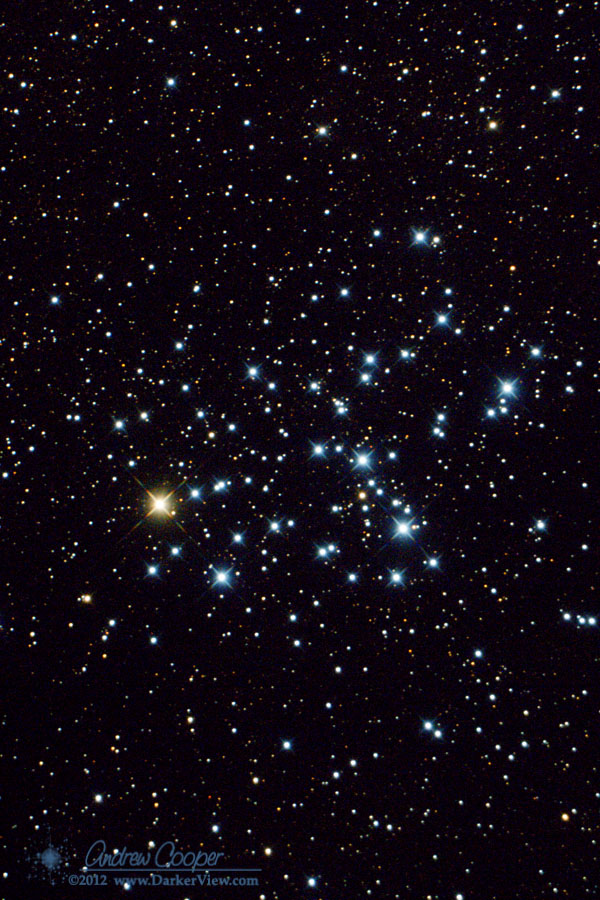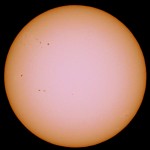While Comet 168P Hergenrother may be a bit of a mouthful, it is the proper designation for an interesting comet. Discovered in 1998, the comet is one of dozens that orbit in the inner solar system. Normally inconspicuous objects, these comets orbit quietly, objects that only astronomers love, or even know about. You would normally have needed a substantial telescope to see 168P, shining very dimly at magnitude 15.5 at it’s brightest. A community of amateur astronomers keeps tabs on these comets, occasionally photographing them, updating the orbits.
As the comet approached perihelion during the beginning of October, it became apparent that something had happened. Several observers were reporting that the comet had brightened. Suddenly the comet was far brighter, eventually reaching near 8th magnitude, over 500 times brighter than expected. We have seen this sort of thing before, a cometary breakup. Observations from several large telescopes, including Gemini North here on Mauna Kea, showed that the comet has split into at least four pieces.
When a breakup occurs it exposes a great deal of fresh material and debris, dramatically adding to the supply of dust and gas in the coma and creating a far brighter object. It is not the comet itself we see, that is fairly small. It is the coma and tail, the cloud of dust and gas that reflects the sunlight and gives a comet the synonymous appearance.
Comet 168P Hergenrother currently sports a small fan shaped tail, easily visible in the telescope. We enjoyed this classic comet shape in the telescopes last new moon at the Mauna Kea VIS. Setting up a telescope and CCD camera last night allowed me to photograph the comet, appearing much the same as it did a few weeks ago.










